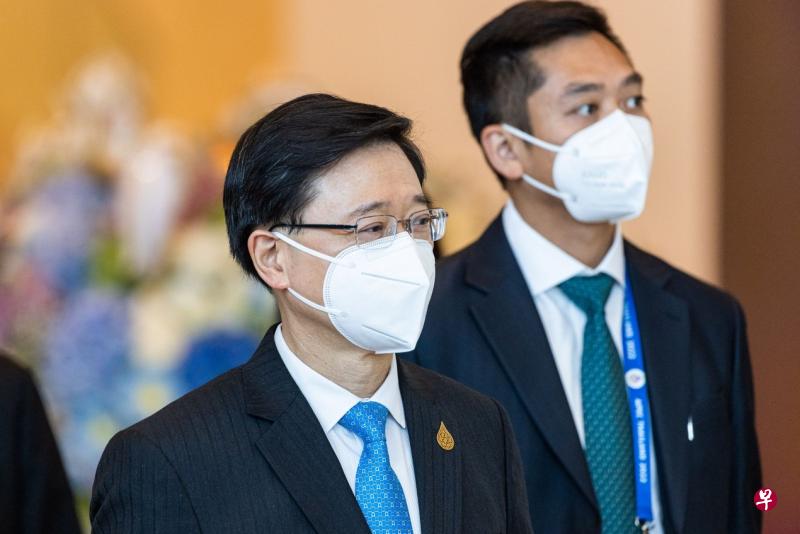
(Hong Kong Comprehensive News) After returning from Bangkok to Hong Kong (November 20), Hong Kong Chief Executive Li Jiachao was diagnosed with crown disease.Li Jiachao talked with Chinese officials in Bangkok. Hong Kong Epidemic Prevention experts said that Li Jiachao's rapid antigen test results during Bangkok were negative, and the possibility of infecting others was very small.
Based on Hong Kong 01 and Ming Pao reports, the Hong Kong SAR Government issued a press release on Monday that the results of the nucleic acid test results conducted by Li Jiachang after returning from Bangkok to Hong Kong International Airport were positive and were isolated in accordance with the guidance of the Health Protection Center of the Department of Health.
The press release stated that during the four days of visiting Bangkok, the results of the rapid antigen test conducted by Li Jiachao were negative.Accompanied by Li Jiachao's employees who visited Thailand and returned to Hong Kong on the 20th, the test results of the airport nucleic acid testing were negative.
During the Asia -Pacific Economic Cooperation (APEC) Summit, Li Jiachao had talked to Chinese State Councilor and Foreign Minister Wang Yi. He also met with Thai Prime Minister Ba Yu, Indonesian President Zoko, Singapore Prime Minister Lee Hsien Xianlong, Vietnam President Ruan Chunfu and others.No mask.
In addition, Li Jiachao talked with Chinese officials in Bangkok to report the latest situation in Hong Kong.The APEC conference provided the screen also showed that the Chinese official patted Li Jiachao's arm when he left the scene on the 19th.
He Bailiang, director of the Hong Kong University Infection and Infectious Disease Center, analyzed on the Hong Kong commercial program on Monday that it is difficult to judge when the Li Jiachao was infected, but I believe it is not in the return flight.It may be infected in Thailand.
When asked if he would bring risks to his peers, He Beliang said that if the patient's fast test results were negative, even if there was contagious, the viral amount would be lower.In the past experience, the virus is likely to be passed on to others 24 hours before diagnosis. If it is more than 24 hours before testing, such as two to three days before the diagnosis diagnosis, even if there is contact, the opportunity of spreading the virus is minimal.


